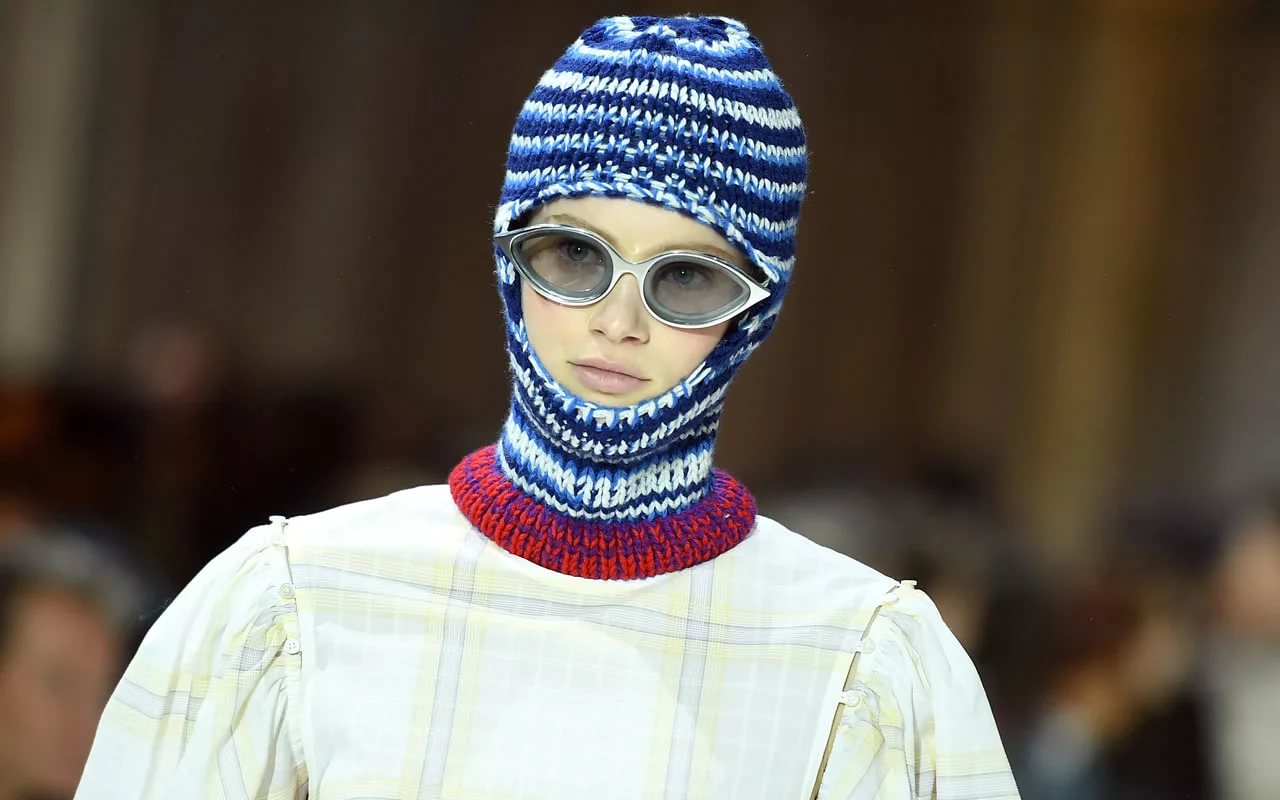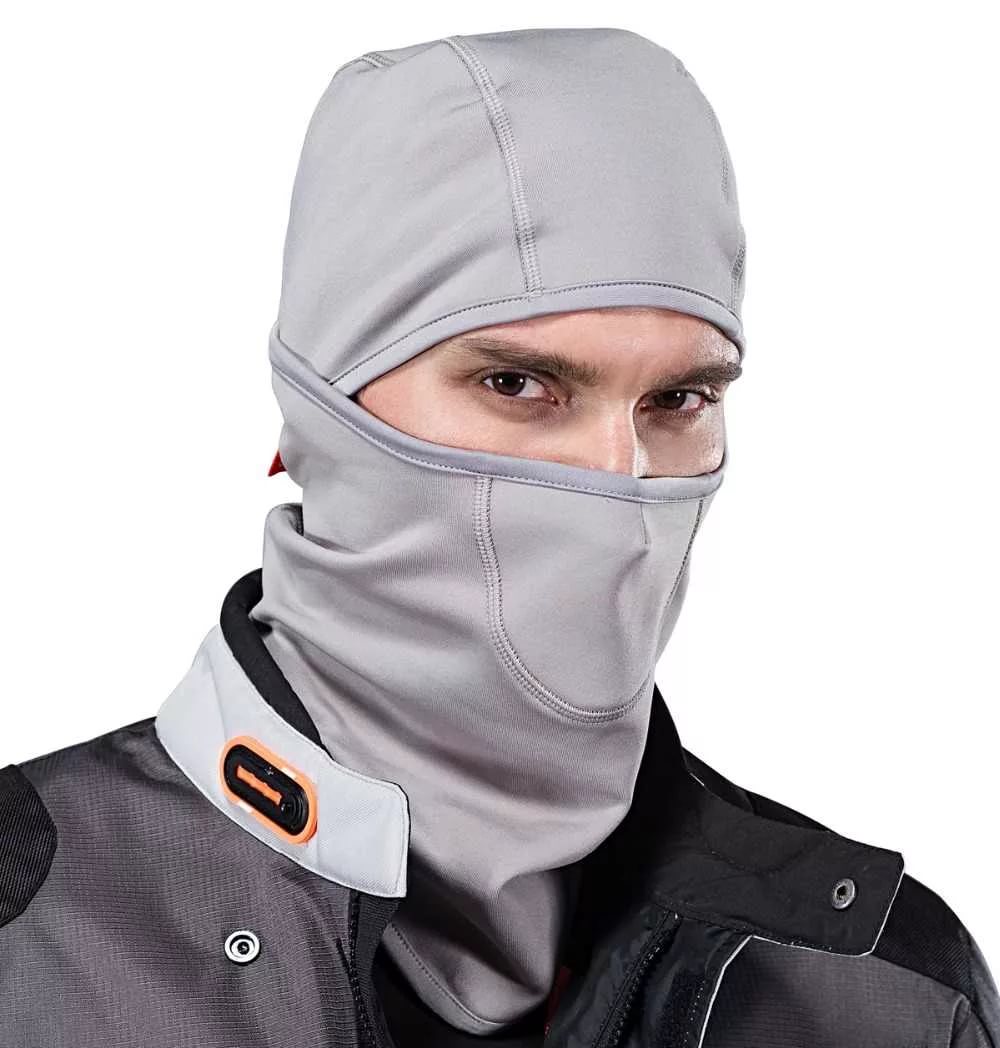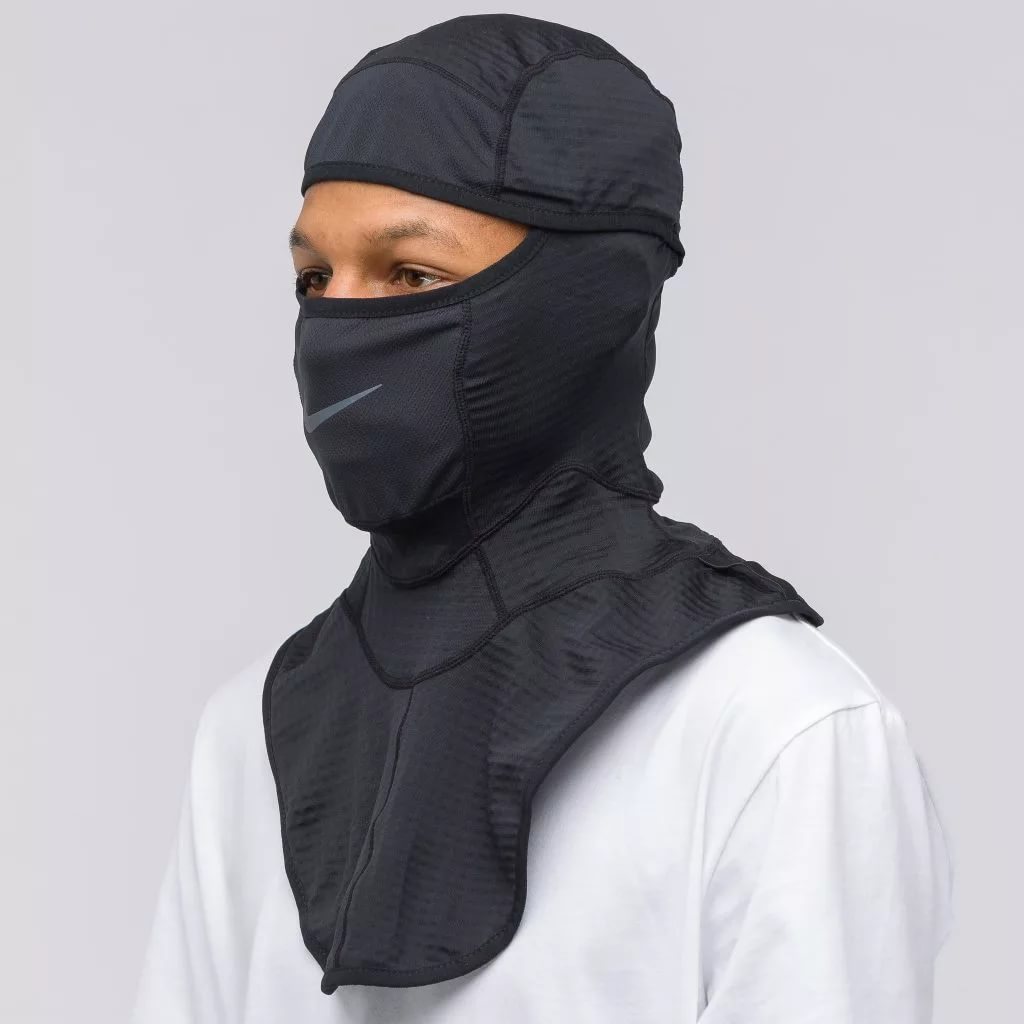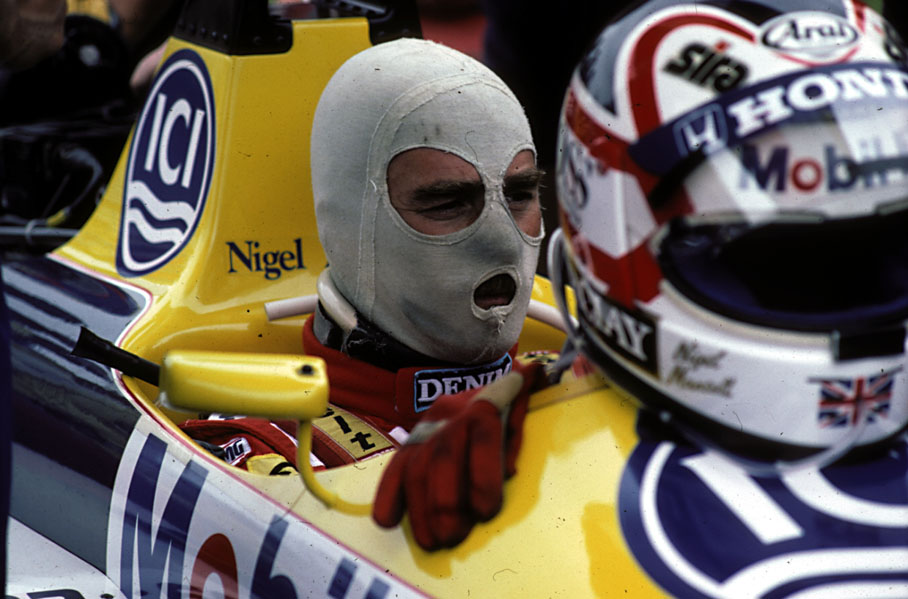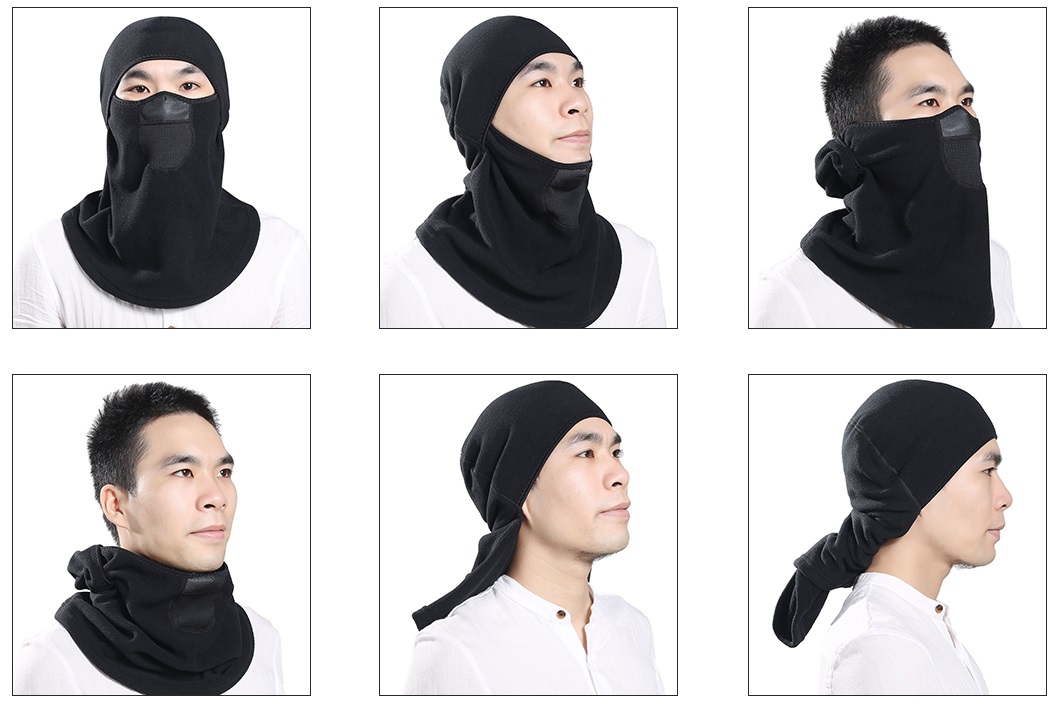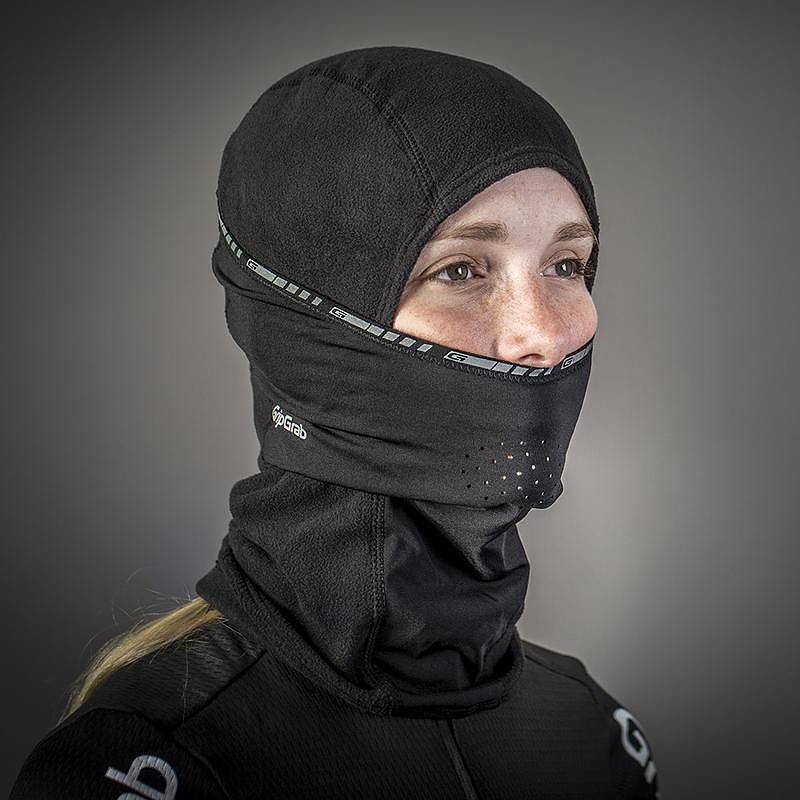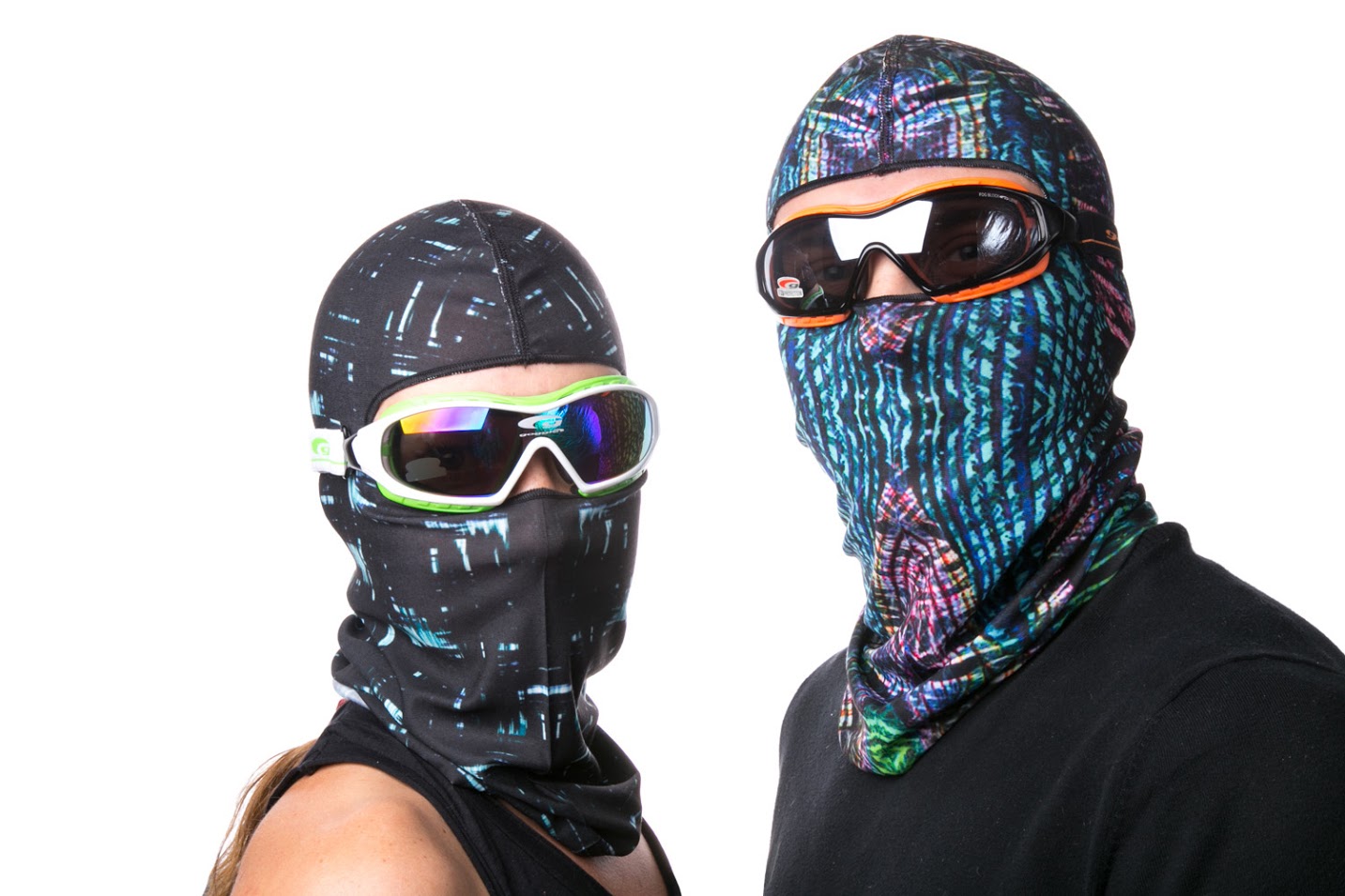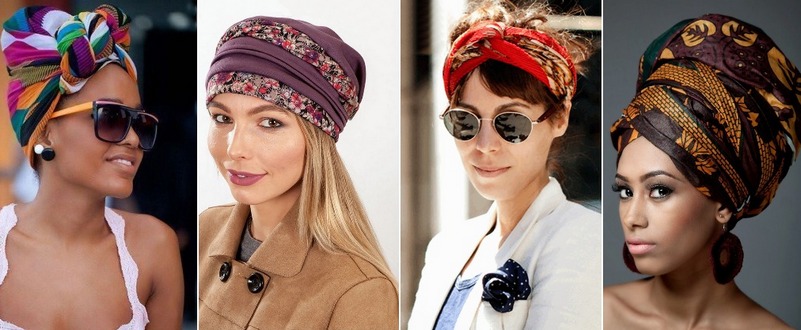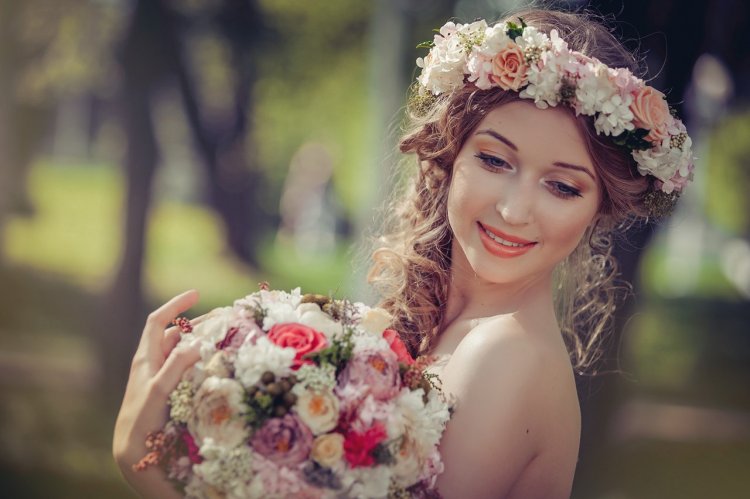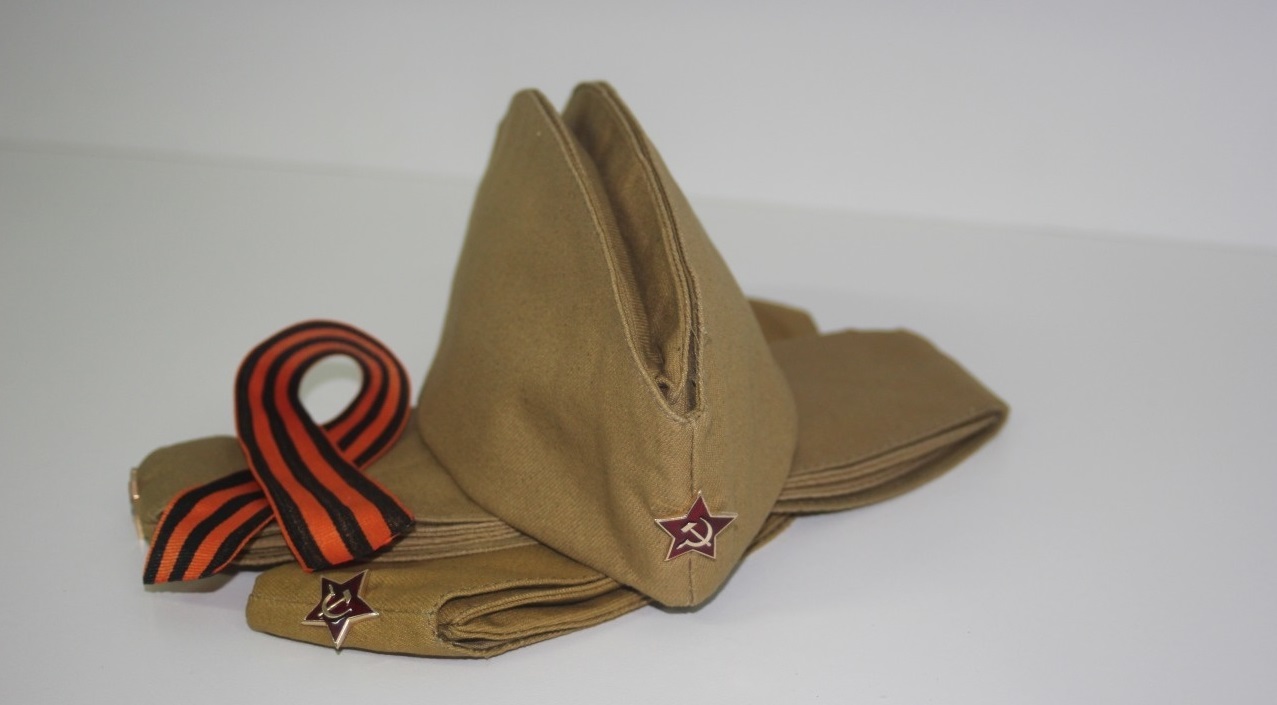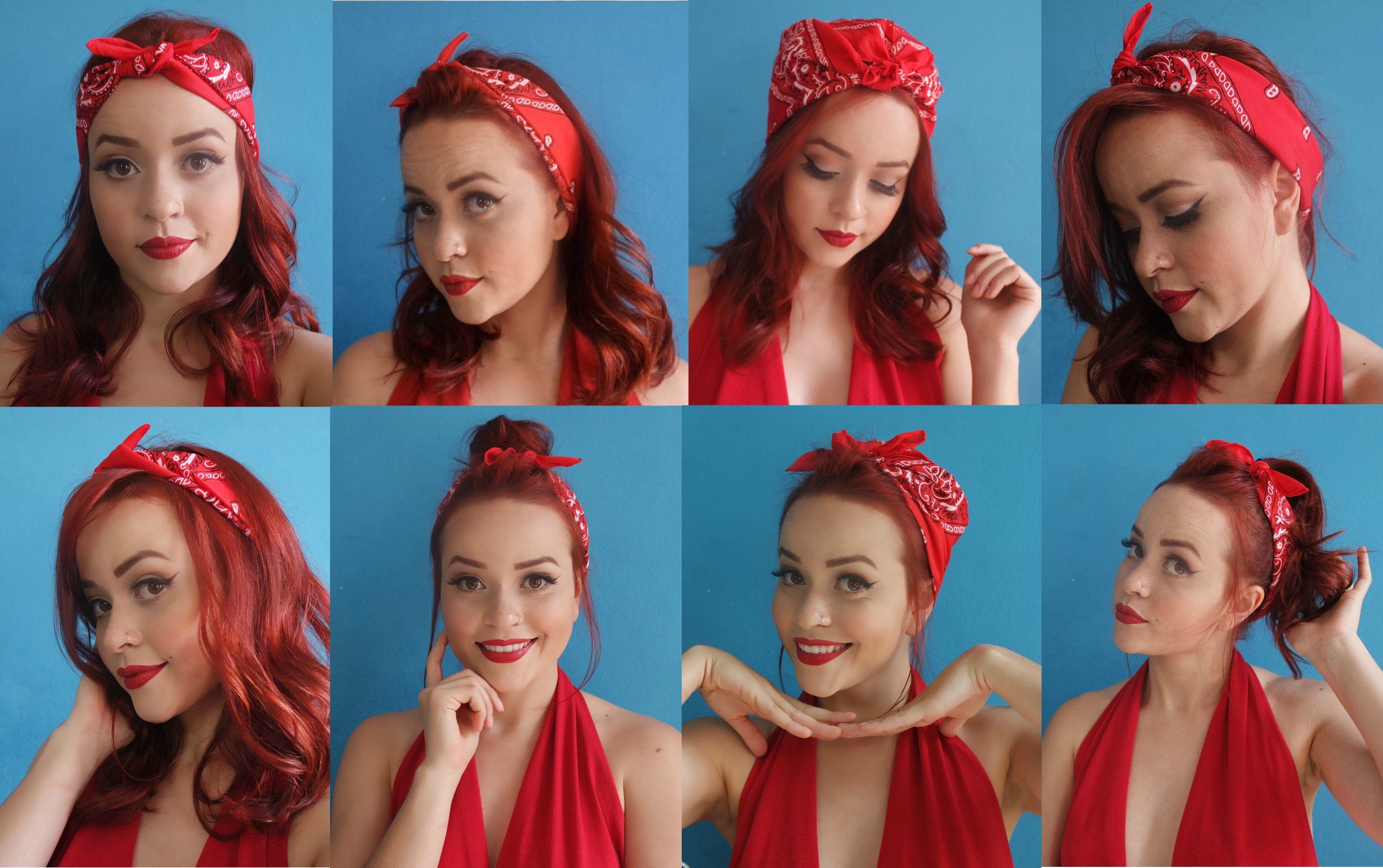The fabric helmet worn by special forces, athletes, tankers, firefighters, motorcyclists has common features. The product is called a balaclava - a headdress that covers the face, except for the eyes. It is truly universal and has many varieties.
What is it
Balaclavas are protective fabric headgear used by military personnel and athletes. They differ from each other in purpose, shape, color, and material of manufacture. Initially, they were a kind of hybrid of a hat and a face mask. Over time, the balaclava has undergone many changes. Some of its varieties are transformed into a scarf, helmet, or cover only the lower part of the head.
It is believed that the balaclava owes its appearance to the Crimean War (1853-1856). When sending an army to the peninsula, the English command relied on the mild climate, not providing the soldiers with warm clothing. They did not take into account that the temperature in the mountains is much lower, and in the first winter the troops began to suffer from frostbite. They had to urgently deliver knitted headdresses to the soldiers, covering most of the face, but leaving the eyes open.
In Spanish-speaking countries, the balaclava is called a "pasamontana," a headdress commonly associated with the left-wing anti-globalist writer who hid his face from the public eye, Subcomandante Marcos.
Where is it used?
Initially, balaclavas were usually worn to protect the face from cold or wind. Over time, summer and demi-season modifications of the headdress appeared. Some varieties were included in the equipment of paramilitary units or became elements of the uniform of people of other specialties.
| Who wears it? | Purpose | Peculiarities |
| Special forces of the army, police | Ensuring anonymity when performing special tasks | The headdress covers the face as much as possible |
| Mechanized troops, racers | Protects from cold, wind, serves as a balaclava, additional protection from possible injuries | The inner part of the balaclava is made of hygroscopic material |
| Firefighters | Protects head, face, neck from open fire | The balaclava must be made of special materials and is not an item of clothing, but a means of personal protection. |
| Welders | Together with the protective shield, it protects against arc discharge | It is used as a means of personal protection. |
| Electricians | Serves as additional protection against short circuits | It is used as a means of personal protection. |
| Snowboarders, skiers | Protects the face from frostbite, chapping, warms the head. It is convenient to put on glasses on special models - their edges are adjacent to the fabric, and not to the skin, which protects the face from abrasions | The balaclava should be made of quality materials. |
| Motorcyclists, cyclists | The mask protects the face from cold, headwind, and dust. | There are summer or winter options. |
| Tourists, climbers | Protection from cold, wind, dust | The material must have excellent hygienic qualities and not rub the neck and face. |
| Protest movements | Ensuring anonymity | Participants in some movements wear balaclavas of a certain color or with special insignia. |
| Children | Protection from cold | The balaclava does not slip, can simultaneously protect the face, neck, shoulders. It is difficult to remove or lose during active games |
| Participants in theatrical performances, carnivals | Thematic decoration | Used exclusively as a costume element |
| In everyday life | Following fashion, self-expression, protection from cold, wind, dust | The model is chosen at your own discretion |
The wearing of a balaclava has been so often associated with terrorism that Nike was even forced to abandon one of its models designed for skiers.
Popular models
The balaclava headdress has undergone many changes. In one form or another, it is part of the equipment of the military, people of various professions, and athletes. Products differ in the number and size of the slits:
- With one narrow slit that only reveals the eyes. Most popular among people climbing high in the mountains, as well as people who want to remain unrecognized. They retain the maximum amount of heat, but interfere with talking or breathing. It is convenient to put on protective glasses on such a hat.
- There are models with one slit, but they are more open, they do not interfere with breathing. The variety is popular among tourists, people involved in various sports, including winter sports (snowboarding, skiing, sledding).
- A balaclava, through the neckline of which you can see your entire face, covers and keeps most of your head warm, but does not interfere with breathing or talking.
- There are balaclavas with two cutouts. One is at eye level, the other opens the mouth or nose. Depending on personal preferences, such models can be used by athletes, racers, motorcyclists.
- A stocking cap with three or more cutouts (for example, one for each nostril) looks funny, as it separately reveals the eyes, nose and mouth. But it does not lose functionality.
A headdress with slits for each eye is mistakenly called a balaclava. But it is still a mask.



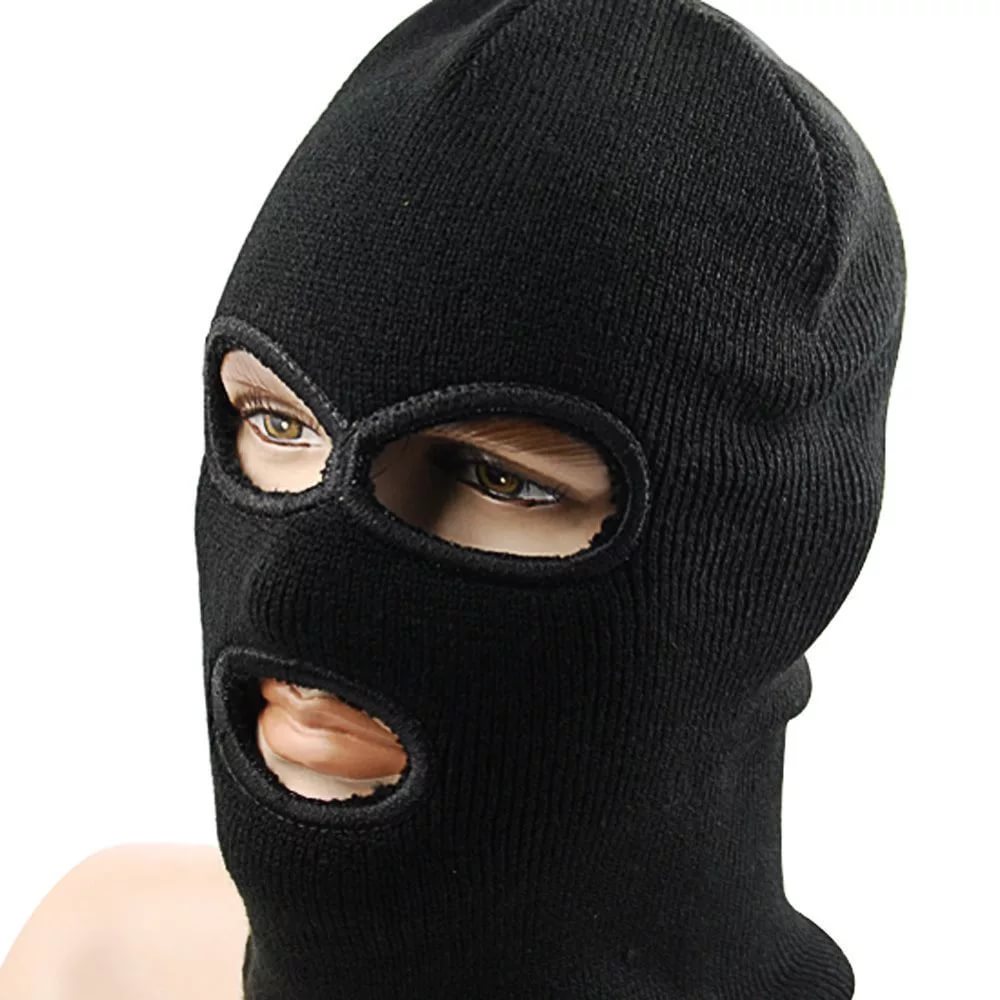
How to wear a balaclava depends on its shape:
- transformer – consists of several parts that can be unfastened, combined, or swapped as desired;
- pirate hat - popular among representatives of the youth subculture, lovers of summer bike rides, covers only the lower part of the face;
- buff - looks like an elastic tube, it can be worn like a classic balaclava, with your face stuck through the top opening, like a scarf, hanging over your shoulders, or like a regular hat, with the top part tied in a knot.
Materials of manufacture
The first balaclavas were knitted from wool yarn. It warms well, but does not protect well from the wind. When a person breathes or talks, the wool absorbs all the moisture, it is unhygienic, does not fit well, and causes irritation of the skin of the face.
Later, wool was replaced by knitwear - first from natural fibers, then synthetic (fleece). It is light, elastic, durable, warm, does not require special care. In addition, knitwear dries quickly, is pleasant to the touch, does not cause allergic reactions. Disadvantages of the material - fleece cannot protect from strong wind, is flammable, electrifies, as a result of which it absorbs a lot of dust.
Other materials used to make a balaclava include:
- Polartec is an improved fleece that retains heat longer and provides good wind protection;
- membrane fabric is made of several layers, has windproof properties, and repels moisture;
- windblock and windstopper are varieties of the previous material, created using high technologies, warmer, provide better protection from the wind, but are less hygroscopic;
- Neoprene is a synthetic rubber that holds its shape well and protects against all external negative influences (cold, wind, dust, snow, rain).
In balaclavas, neoprene is used only for the part that directly covers the face.
Combinations of different materials are often used. In a balaclava intended for winter, the area covering the head and neck is made of the warmest possible fabric, and a removable lining is added for greater hygroscopicity. The area around the mouth and nose is made of quick-drying materials.



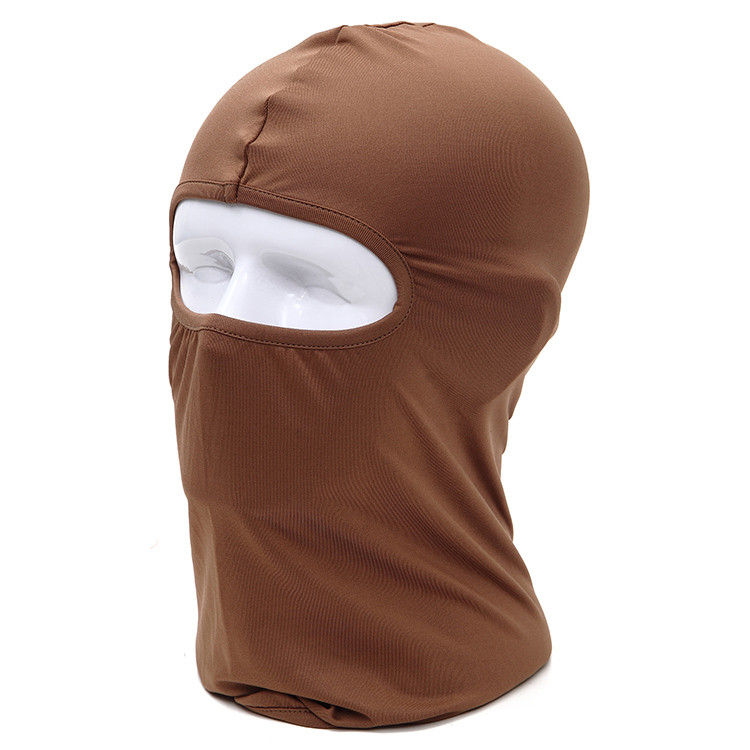
Tips for choosing
When choosing a balaclava, remember that such a product should be made of soft, hygroscopic material without internal seams. Requirements for headwear:
- A quality balaclava has a thin material in the nose and mouth area, stretches well, allows air to pass through, and dries quickly;
- the winter model is made from warm fabrics, the summer model is made from breathable, lightweight ones;
- universal options are made from polartec or an improved membrane (windstopper, windblock), with a detachable lower part;
- As an item of equipment, balaclavas should have detachable and easy-to-wash liner;
- when playing sports that require additional eye coverage, the product should be purchased after checking how the protective glasses “fit” on it;
- For everyday wear, it is better to choose transformable models, which, depending on the weather, can easily be turned into a regular hat or a scarf-collar.
Before purchasing a balaclava, you should definitely try it on to check whether it is comfortable to breathe and talk in it, and whether it rubs your neck or face.
Video

